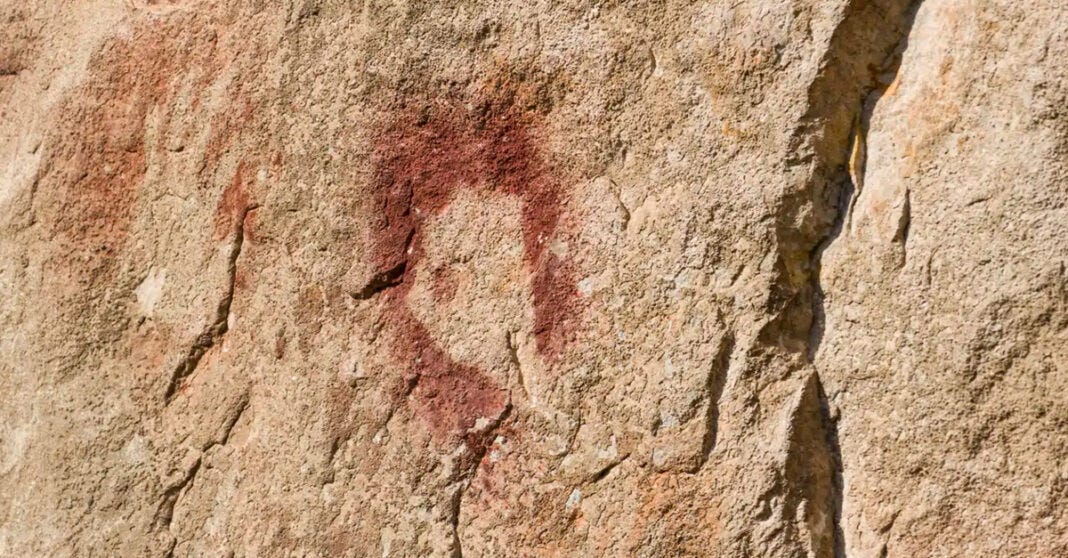🧐 Ancient Beat #162: Unexpected ancestry, early cranial modification, and a lukewarm cup of coffee
Happy Saturday, my friends! I’ve got a hot cup o’ Joe and a fresh batch of discoveries, so let’s get right into it.
Update: A sip has revealed that it’s no longer hot. I’ve got a lukewarm cup o’ Joe, ya’ll.
Well, let’s make the most of it. Here’s the latest ancient news. 👇
🗞 Ancient News: Top 5
Europe’s Oldest Cranial Modification Found in Italian Cave — A prehistoric skull (dubbed AC12) from Arene Candide Cave in northwest Italy reveals Europe’s earliest known case of intentional head shaping—dating to roughly 12,500 years ago (Late Upper Paleolithic). Digital 3D reconstruction and morphometric analysis show its elongated form wasn’t due to disease or injury, but likely the result of deliberate binding during childhood. This suggests body modification served as a cultural expression—perhaps of identity or status. The burial context, among other manipulated skeletons and evidence of cheek decoration, indicates complex funerary behaviors in hunter‑gatherer groups of that era.
West African Ancestry In Medieval England — DNA from two 7th-century CE burials—an 11- to 13-year-old girl at Updown, Kent, and a young man at Worth Matravers, Dorset—reveals Northern European maternal lines, but 20–40 percent ancestry tied to modern Yoruba, Mende, Mandenka, and Esan peoples of sub-Saharan West Africa. Models suggest each had a paternal grandparent from the southern Sahel who reached Europe between the mid-500s and early 600s CE. The girl was buried with a decorated Frankish Gaul pot, bone comb, spoon, and other goods during Kent’s “Frankish Phase” of strong continental contact. The young man was interred with an unrelated older male beside a local limestone anchor in a region outside the main Anglo-Saxon cultural zone. These finds indicate small-scale but significant human movement—possibly via Byzantine North Africa and long-distance trade—linking Britain, continental Europe, and Africa centuries before the Age of Discovery.
“Hidden Hands” Cave in Laos Reveals Prehistoric Art — In Khammouane Province, Laos, Tham Pha Mue—or “Hidden Hands”—cave was formally studied and revealed over 200 prehistoric paintings, including red or orange hand stencils (some small enough for children or showing shortened fingers), stick‑figure humans, animals (especially mountain goats), geometric shapes like zigzags and dots, and a uniquely depicted closed fist and hand that may be wearing a bracelet. Some images sit more than 45 feet above the ground, implying artists built scaffolds or climbed to paint them. Stylistic echoes in Thailand and Malaysia suggest shared cultural motifs. Uranium‑series dating of mineral deposits over the paintings is planned to finally anchor them in time. The site remains spiritually significant today—locals added a white Buddha image in around 2012—and villagers are now involved in protecting it and planning controlled tourism. I love how universal hand stencils are.
Scientists Uncover Fossils And A New Species Of Ancient Human Ancestor — At the Ledi‑Geraru site in Ethiopia, thirteen teeth have been identified—some belonging to the earliest known specimens of Homo, alongside teeth from a previously unknown species of Australopithecus—coexisting between 2.6 and 2.8 million years ago. This finding confirms that Australopithecus afarensis ("Lucy") had vanished by then, highlighting overlapping human ancestral species and adding complexity to our evolutionary tree.
Rare Ceremonial Heads Discovered in Peru Shed Light on ‘Warriors of the Clouds’ — At the Ollape site in Peru’s Amazon region, archaeologists have uncovered two ceremonial stone club heads—crafted around 1,000 years ago—along with approximately 200 ancient structures and a unique zigzag frieze. These finds, dating to around 900–1450 CE, are attributed to the Chachapoyas civilization, often called the "Warriors of the Clouds." The intricately designed club heads likely held ritual importance, and the zigzag frieze, a stylistic first for the region, signals a rich ceremonial culture. The sheer volume and design of the structures imply that Ollape functioned both as a major ceremonial center and a residential hub, deepening insight into a society that’s received relatively little study.
That’s it for the free Top 5! If you’re a free subscriber, sign up for the paid plan for another 27 discoveries and 4 recommended pieces of content.
Until next time, thanks for joining me!
-James
Twitter: @jamesofthedrum
P.S. Here’s my Buy Me A Coffee link if you’d like to support my efforts with a donation.
P.P.S. If you want access to the paid version but it’s a little too steep for you right now, just email me — I want this to be accessible.
P.P.P.S. Paid members, read on!



